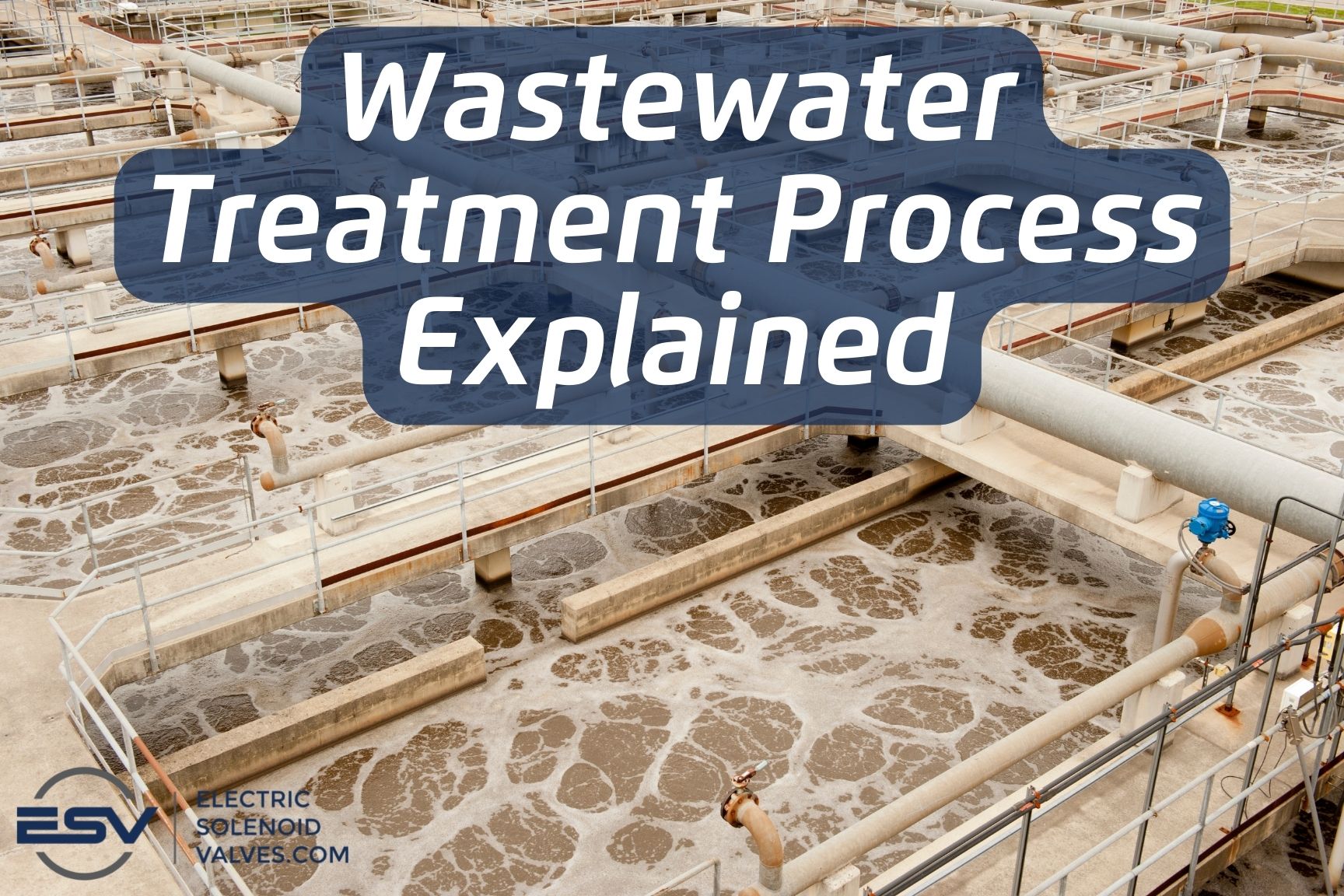Essential Action In Local Waste Water Treatment Plants
Essential Action In Local Waste Water Treatment Plants
Blog Article
Strategic Approaches to Improve Drainage Treatment Performance and Lessen Environmental Effect
In the realm of waste water treatment, the mission for boosted effectiveness and decreased ecological impact is a perpetual difficulty that demands strategic solutions. The integration of innovative treatment modern technologies, energy-efficient procedures, source healing approaches, enhanced nutrient removal strategies, and clever tracking and control systems represents a multifaceted structure for attending to these pushing concerns.
Advanced Therapy Technologies
Advanced membrane layer filtering systems have reinvented innovative wastewater therapy processes, significantly enhancing the removal of contaminants. These cutting-edge systems function forcibly water via a semi-permeable membrane layer, efficiently dividing impurities from the water stream. The membrane's tiny pores catch pollutants such as bacteria, viruses, and put on hold solids, permitting just cleansed water to go through. This modern technology has verified to be highly efficient in removing a wide variety of pollutants, including pharmaceuticals, hefty metals, and natural compounds, which are usually challenging to eliminate via traditional therapy methods.
Additionally, membrane filtration systems provide numerous benefits over conventional treatment methods. Additionally, these systems are highly versatile and can be easily integrated right into existing treatment plants or utilized as standalone devices for decentralized applications.
Energy-Efficient Procedures
The integration of energy-efficient procedures in wastewater therapy systems is essential for enhancing resource application and reducing operational costs. By executing energy-efficient modern technologies, treatment plants can considerably decrease their carbon footprint and total environmental impact. One vital approach to boosting energy performance in wastewater treatment is the use of sophisticated oygenation systems, such as fine bubble diffusers or surface area aerators, which can enhance oxygen transfer performance and decrease energy consumption. In addition, including power healing systems, like anaerobic digestion for biogas manufacturing or utilizing excess warmth for thermal procedures, can help offset energy demands and advertise sustainability.
Additionally, maximizing procedure control and automation through the usage of advanced sensors and monitoring systems can enhance total energy effectiveness by readjusting operations in real-time based upon real demand and conditions. Implementing power audits and frequently keeping an eye on energy efficiency indicators are essential methods to determine areas for renovation and track energy-saving efforts properly. Overall, the adoption of energy-efficient processes in wastewater treatment not just benefits the environment however also adds to long-term expense savings and operational sustainability.
Source Recovery Methods
With a concentrate on enhancing resource use and sustainability in wastewater treatment systems, the application of resource recuperation techniques arises as a crucial element in boosting operational performance. Source recovery techniques in wastewater therapy include the identification and extraction of valuable resources from the waste stream, therefore transforming what was when thought about waste into a useful asset. By executing source recovery strategies such as nutrient removal and healing, energy generation from organic issue, and the manufacturing of recyclable water, wastewater treatment plants can reduce ecological impact while making best use of effectiveness.

Enhanced Nutrient Elimination Strategies
Carrying out advanced nutrient elimination techniques is necessary for optimizing the efficiency of wastewater treatment systems. Boosted nutrient elimination plays a critical role in minimizing the environmental effect of cured effluent discharged right into water bodies. One of the vital strategies made use of for enhanced nutrient removal is the procedure of biological nutrient elimination (BNR), which includes the elimination of nitrogen and phosphorus via biological processes. This can be achieved via using specialized microbes that can transform nitrogen substances into inert nitrogen gas via denitrification, and build up phosphorus within their cells via a process called boosted biological phosphorus our website elimination (EBPR)

In enhancement to BNR, advanced therapy methods such as membrane bioreactors (MBRs) and built marshes can likewise be used to enhance nutrient removal performance. By incorporating these sophisticated nutrient elimination strategies right into wastewater treatment communities, systems and industries can efficiently minimize nutrient contamination and secure the setting.
Smart Monitoring and Control Solution
Making use of sophisticated technology, the assimilation of clever tracking and control systems changes the operational performance of wastewater therapy facilities. These systems include advanced sensors and information analytics to continually keep an eye on vital specifications such as pH degrees, turbidity, liquified oxygen, and flow rates in real-time. By gathering and evaluating this data, operators can get useful understandings into the efficiency of the treatment processes, enabling positive modifications to maximize treatment efficiency.
Smart monitoring and control systems likewise sustain remote monitoring capacities, allowing operators to accessibility real-time data and control features from off-site areas. This remote ease of access improves operational versatility and responsiveness, enabling quick treatments in instance of system breakdowns or variations in influent quality. The predictive maintenance capabilities of these systems assist prevent equipment failings and minimize downtime, eventually improving the total dependability of wastewater therapy procedures.
Verdict
Finally, calculated methods such as advanced therapy modern technologies, energy-efficient processes, resource healing methods, enhanced nutrient removal strategies, and smart surveillance and control systems play a critical function in improving wastewater therapy performance and reducing environmental influence. By applying these strategies, wastewater therapy plants can improve their general efficiency, decrease energy intake, recoup valuable resources, and make certain compliance with ecological laws. These techniques are essential for effective and sustainable wastewater administration practices.

In conclusion, strategic techniques such as sophisticated therapy innovations, energy-efficient procedures, resource recovery methods, improved nutrient elimination strategies, and smart tracking and control systems play a vital role in enhancing wastewater treatment performance and minimizing ecological influence.
Report this page